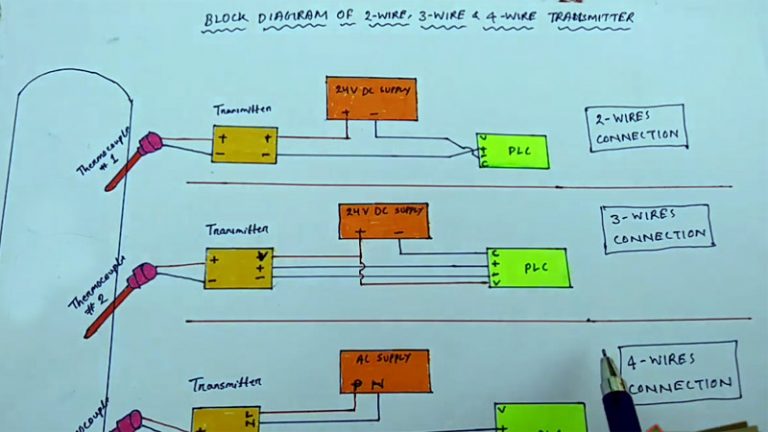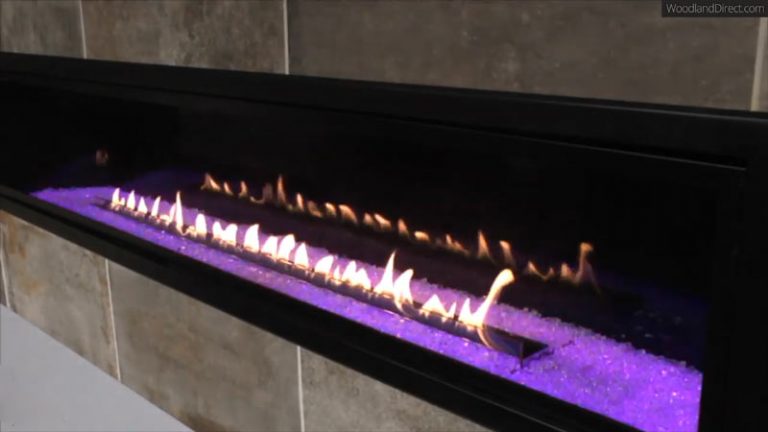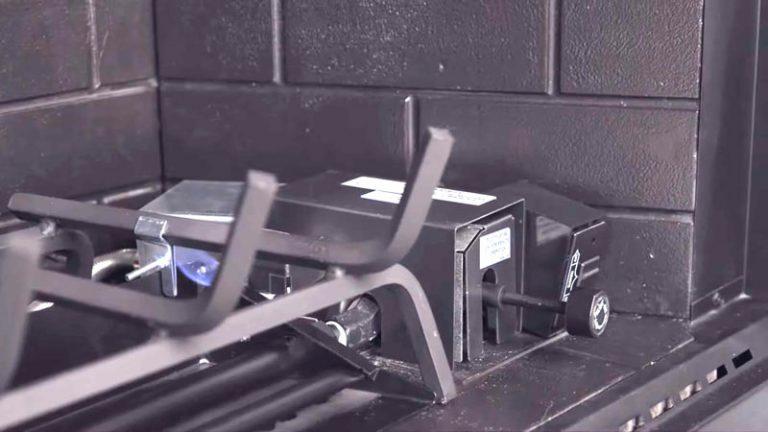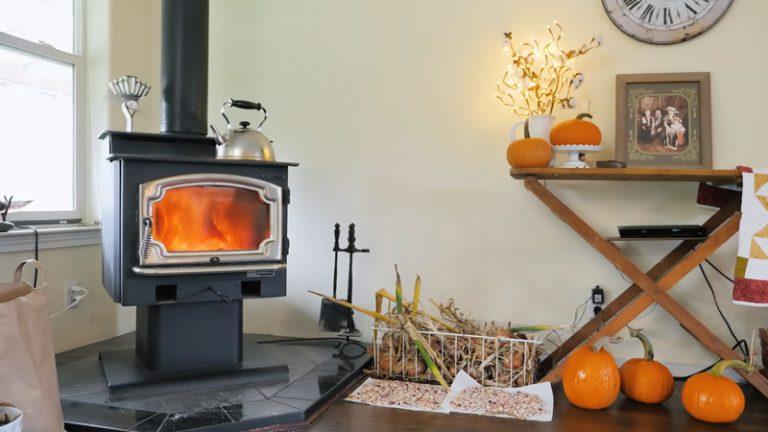What Are The Disadvantages Of A Wood Burning Stove
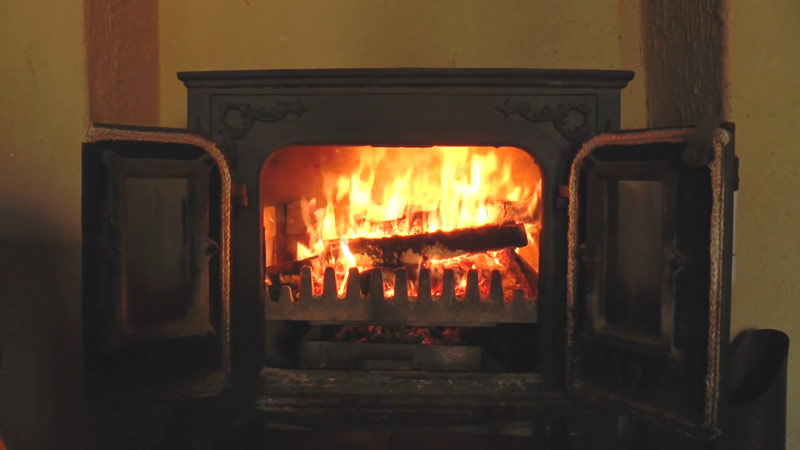
Although cordwood is not as efficient as pellets when burning, it offers some benefits that pellet stoves don’t have. Well-seasoned cordwood has about twice the moisture of pellets, meaning it will produce more heat and be easier to ignite.
Wood burning stoves use a lot of wood, so using cordwood can help reduce your emissions footprint by conserving resources. It’s important to note that there are certain conditions you need to meet in order for cordwood to be an effective heating source – such as well-seasoned wood and a properly functioning stove on which to burn it.
You'll Learn About
What Are The Disadvantages Of A Wood Burning Stove?
A well-seasoned cord wood stove may be more efficient than a pellet stove, but it will use up more wood. If you’re looking to save energy, consider using a cordwood stove instead of a wood-burning one.
Well-seasoned cordwood should last for many years without needing replacement parts; however, if your stove uses a lot of wood it might need periodic maintenance. Unless you have experience with building and using a fire starter, stick to pellets when starting your own fire in the fireplace or on the campfire. They are much more reliable than cord sawing logs into shape yourself.
Cord wood is not as efficient as pellets
Although cord wood is cheaper, it’s not as efficient as pellets when it comes to heat production. Burning cordwood releases a lot of smoke and soot, which can be hazardous to your health.
It takes longer for cordwood to heat up than pellets, meaning you’ll have to wait longer for the stove to reach an optimal temperature. Not all chimneys are built properly for burning cordsaw fuel- this can result in decreased heat output or even combustion failure altogether.
If you’re thinking of switching from pellet stoves to cord wood ones, make sure you do your research first- there may be disadvantages that you weren’t expecting.
Well-seasoned cord wood has more moisture
Well-seasoned cord wood has about twice the moisture of pellets, so it takes longer to burn and produces more smoke. The high moisture content can cause your wood burning stove to produce moist smoke which is unhealthy for you and your family.
Seasoning cordwood also involves splitting the log into smaller pieces before burning it, which increases its surface area and decreases air flow. The increased surface area means that there’s a greater chance of catching fire. No well seasoned cordwood will produce dry heat in your home.
Wood burning stoves use a lot of wood
A wood burning stove uses a lot of wood, which can be expensive. The stoves are not as efficient as gas or electric ones, and they produce more smoke. They tend to require more maintenance than other types of stoves – keeping them clean is important.
If you’re looking for an outdoor stove, a wood burning one is not the best option because it’s difficult to keep warm in cold weather conditions . You need to make sure that your property can accommodate a large enough cooking area if you decide to go with a woodburning stove
What are the dangers of wood burning stoves?
Wood burning stoves are a popular way to heat your home, and they can be a great alternative to fossil fuels. However, wood burning stoves have their own set of dangers that you should be aware of.
First and foremost, wood burning stoves produce toxic smoke. This smoke contains particulate matter and chemicals that can healthily harm people who are exposed to it for long periods of time.
In addition, the flames produced by a woodburning stove can easily reach high temperatures – which means they’re also highly dangerous if you touch them.
Breathing Problems
When you use a wood burning stove, the smoke and fumes that are produced can cause breathing problems. This is especially dangerous for people with asthma or other respiratory conditions. In addition, the smoke from a wood-burning stove can increase your risk of heart attacks, strokes, and lung cancer.
Indoor Pollution
Wood burning stoves produce large amounts of pollutants such as carbon dioxide, nitrogen oxide, sulfur dioxide, and ash particles.
These pollutants can spread throughout your home in concentrations that are high enough to be harmful to your health. Additionally, this type of stove produces heat which can create toxic gases such as CO2 and H2S inside closed spaces like homes and buildings.
What is the biggest drawback to heating with wood?
Heating with wood has its own set of benefits and drawbacks. The biggest drawback to burning wood is the combustion emissions it produces, which can be harmful to your health.
Emissions from burning wood create particulates, which are small pieces of matter suspended in the air. Burning wood also releases CO2, a greenhouse gas that traps heat and contributes to climate change.
Choosing an eco-friendly heating option like electric or solar is often the best choice for your wallet and environment.
Are wood burning stoves a good idea?
There is a lot of debate on whether or not wood burning stoves are a good idea. Some people say that they are environmentally friendly, while others argue that the smoke from these stoves can be harmful to your health.
Ultimately, it’s up to you whether or not you want one in your home. If you’re looking to reduce your carbon footprint, consider switching to a wood burning stove. Wood stoves are good for the environment because they produce much less pollution than traditional heating methods like gas and oil.
They also save you money in the long run since they require minimal maintenance and fuel costs. Finally, reducing your heating bill can help you save money on your overall energy bills.
Does a wood stove add value to a house?
There is a lot of debate surrounding wood stoves and their effect on house prices. In general, the wealthier the neighborhood, the more likely it is that a fireplace will add value to a home.
Many factors go into determining whether or not to buy a home with a wood burning fireplace- from location to size of the dwelling. Coal, gas, and oil are all viable sources for heating your home; however, each has its own set of benefits and drawbacks.
Ultimately, deciding if having a wood burning fireplace in your home is right for you comes down to weighing those pros and cons.
Are wood burners safer than open fires?
People often debate whether open fires or wood burners are safer. The main difference between the two is that with an open fire, you’re burning logs and other materials on the ground, which can lead to sparks flying around and dangerous flames.
With a wood burner, all of the fuel is inside the stove itself, so there’s no danger of sparks flying around or dangerous flames.
- Wood burners are generally considered to be safer than open fires, as there is less danger of sparks or hot coals causing damage. Additionally, wood burners produce less smog and tend to be more controllable than open fires.
- Ash can get on your skin and in your eyes if you’re using an open fire, but this isn’t a problem with wood burning stoves because the ash falls down into the firebox where it burns off.
- Proper use of a wood burning stove will help control the size and intensity of the fire, which minimizes the risk of accidents like starting a forest fire unintentionally.
- If you are concerned about safety when using a woodburning stove, make sure to read your manufacturer’s instructions carefully before setting up camp.
Can a wood stove create carbon monoxide?
There is no question that a wood stove can create carbon monoxide. This gas is produced when the heat from the fire melts down chunks of hardwood or other materials.
Carbon monoxide is deadly if it gets into your home, and it’s also poisonous to humans. Make sure you have an adequate ventilation system in place if you use a wood stove, and keep children and pets away from the flames.
Produce Carbon Monoxide
All heating appliances, including wood stoves, produce carbon monoxide. Venting the appliance to the outside is always a good idea in order to avoid any potential problems. Have your heating equipment checked by a professional prior to the season so that you can be sure there are no issues with it.
Never Sit in an Open Fireplace
If you do not have proper ventilation and/or fire safety measures in place, sitting down near an open fireplace or using gasoline near your wood stove could result in deadly levels of carbon monoxide exposure. Always use caution when around fires and keep combustible materials well away from them.
Checked by a Professional
One of the most important things that you can do before winter arrives is have your heating equipment checked by a professional for any potential repairs or maintenance needs. This will help ensure everything runs smoothly and without issue during these cold months.
Is 1 Inch Out of the Square Okay?
To Recap
There are a few disadvantages to using a wood burning stove, the biggest of which is that they can be very dangerous if not used properly. Other potential drawbacks include the high cost of installation and upkeep, as well as the fact that stoves produce emissions that can be harmful to both people and wildlife.

